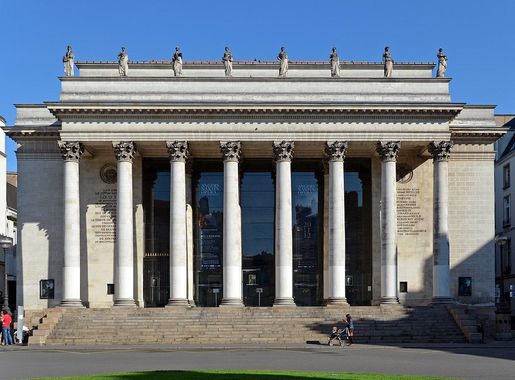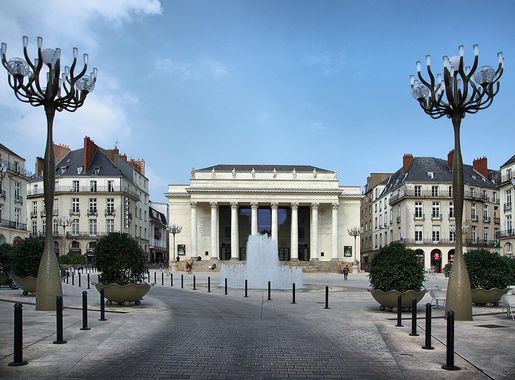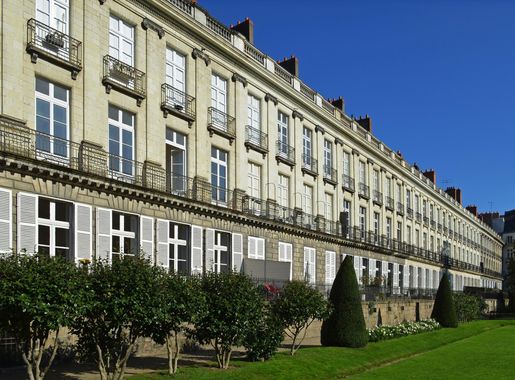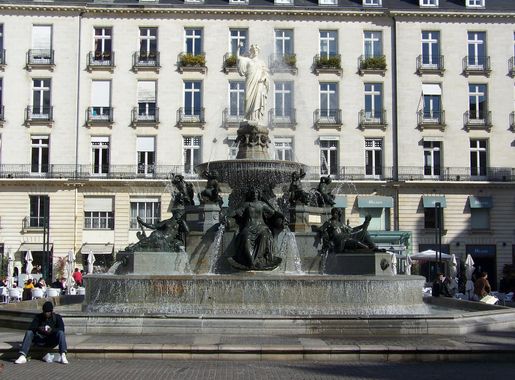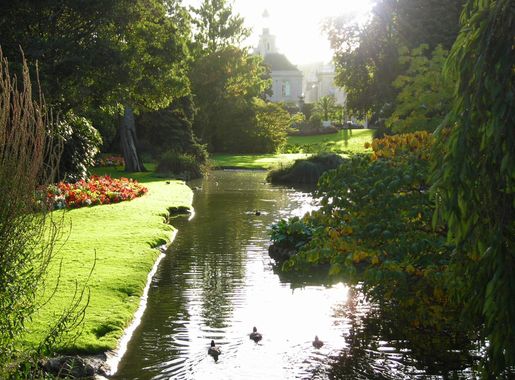
Graslin: The Cultural Heart of Nantes
Discover Graslin in Nantes, a neighborhood rich in culture, history, and culinary delights, offering an enchanting blend of architectural beauty and artistic heritage.
Nestled in the vibrant city of Nantes, the Graslin neighbourhood is a treasure trove of cultural and historical wonders. This district is renowned for its elegant architecture, bustling squares, and rich artistic heritage, making it a must-visit for anyone exploring the city. Begin your journey at the iconic Place Graslin, the neighborhood's central square, where the majestic Théâtre Graslin stands as a testament to 18th-century grandeur. This opera house is not only a cultural landmark but also a hub of entertainment, with a variety of performances ranging from classical music to contemporary theatre. Just a stone's throw away, you'll find the Passage Pommeraye, a stunning 19th-century shopping arcade that seamlessly blends history with modernity. Take a leisurely stroll through this architectural gem, where you can explore boutique shops, quaint cafés, and artisanal stores. Art enthusiasts will be delighted by the Musée d'Arts de Nantes, located nearby. This museum boasts an impressive collection of European art, from ancient to contemporary pieces. The museum's serene gardens offer a perfect spot for a relaxing afternoon amidst nature and art. Graslin is also a gastronomic paradise. The neighborhood is dotted with an array of exquisite restaurants and bistros, offering everything from traditional French cuisine to innovative culinary creations. Don't miss the chance to indulge in local specialties such as Nantes' famous beurre blanc sauce and freshly caught seafood. Whether you're here to soak in the culture, marvel at the architecture, or simply enjoy a leisurely day of shopping and dining, Graslin promises an unforgettable experience for every visitor.
Local tips in Graslin
- Visit the Théâtre Graslin early to book tickets for a show.
- Take a guided tour of Passage Pommeraye to learn about its history.
- Check the opening hours of Musée d'Arts de Nantes to plan your visit.
- Make a reservation at popular restaurants to avoid long waits.
- Wear comfortable walking shoes to explore the neighborhood's cobblestone streets.
Graslin: The Cultural Heart of Nantes
Nestled in the vibrant city of Nantes, the Graslin neighbourhood is a treasure trove of cultural and historical wonders. This district is renowned for its elegant architecture, bustling squares, and rich artistic heritage, making it a must-visit for anyone exploring the city. Begin your journey at the iconic Place Graslin, the neighborhood's central square, where the majestic Théâtre Graslin stands as a testament to 18th-century grandeur. This opera house is not only a cultural landmark but also a hub of entertainment, with a variety of performances ranging from classical music to contemporary theatre. Just a stone's throw away, you'll find the Passage Pommeraye, a stunning 19th-century shopping arcade that seamlessly blends history with modernity. Take a leisurely stroll through this architectural gem, where you can explore boutique shops, quaint cafés, and artisanal stores. Art enthusiasts will be delighted by the Musée d'Arts de Nantes, located nearby. This museum boasts an impressive collection of European art, from ancient to contemporary pieces. The museum's serene gardens offer a perfect spot for a relaxing afternoon amidst nature and art. Graslin is also a gastronomic paradise. The neighborhood is dotted with an array of exquisite restaurants and bistros, offering everything from traditional French cuisine to innovative culinary creations. Don't miss the chance to indulge in local specialties such as Nantes' famous beurre blanc sauce and freshly caught seafood. Whether you're here to soak in the culture, marvel at the architecture, or simply enjoy a leisurely day of shopping and dining, Graslin promises an unforgettable experience for every visitor.
Iconic landmarks you can’t miss
Château des ducs de Bretagne
Discover the enchanting Château des Ducs de Bretagne, a historical castle and museum showcasing Nantes' rich heritage and stunning architecture.
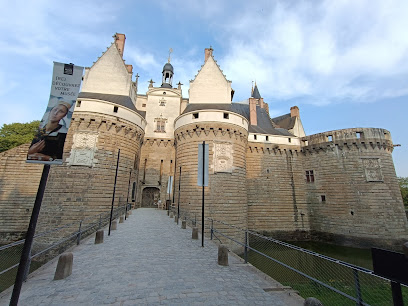
Botanical Garden
Discover the Botanical Garden in Nantes, a stunning oasis of flora and tranquility, perfect for nature lovers and tourists seeking a peaceful escape.
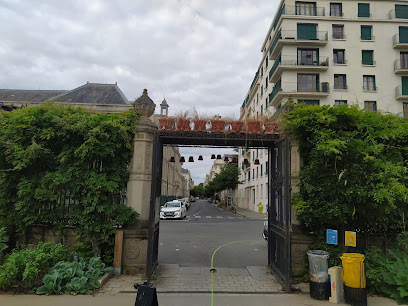
Natural History Museum
Explore the Natural History Museum in Nantes, where fascinating exhibits and diverse collections reveal the beauty of our planet's biodiversity.
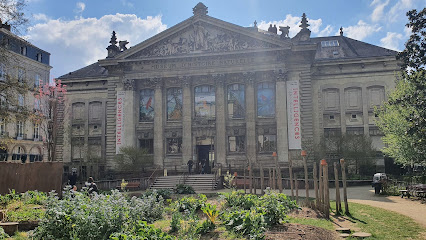
Place Royale
Discover the charm of Place Royale, a historic landmark in Nantes filled with beautiful architecture, vibrant cafes, and cultural events.
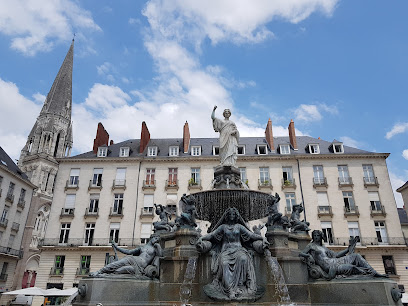
Memorial to the Abolition of Slavery
Explore the Memorial to the Abolition of Slavery in Nantes, a poignant tribute that reflects on the history of slavery and celebrates the fight for freedom.
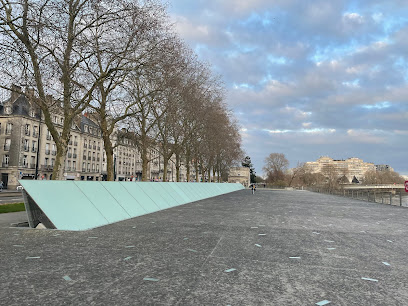
Graslin Fountain
Discover the enchanting Graslin Fountain in Nantes, a captivating blend of art, history, and culture amidst vibrant city life.
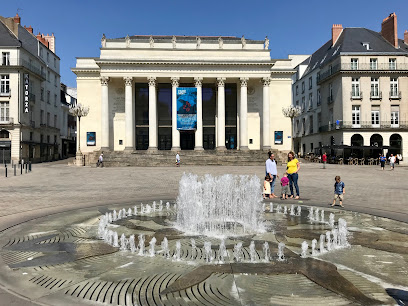
Monument to the 50 hostages
Explore the Monument to the 50 Hostages in Nantes, a compelling war memorial that honors the courage and sacrifice of those lost during World War II.
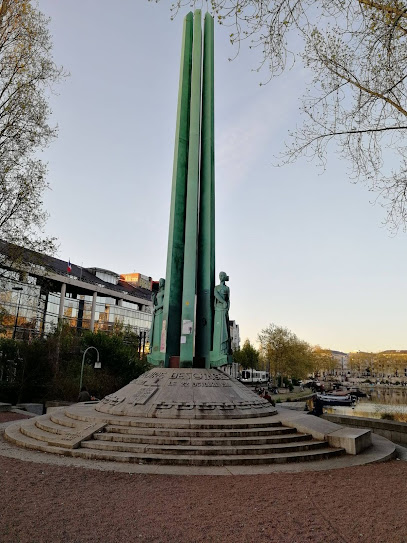
Place Graslin
Explore the picturesque Place Graslin in Nantes, a vibrant square with stunning architecture, lively cafes, and rich cultural experiences waiting for you.
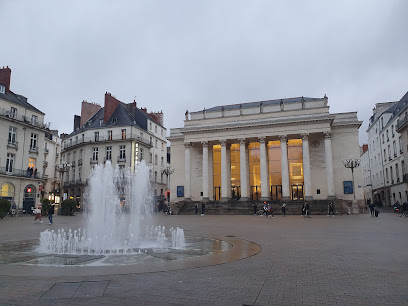
La Psalette
Explore La Psalette, a stunning historical landmark in Nantes, where rich culture and captivating architecture await every traveler.
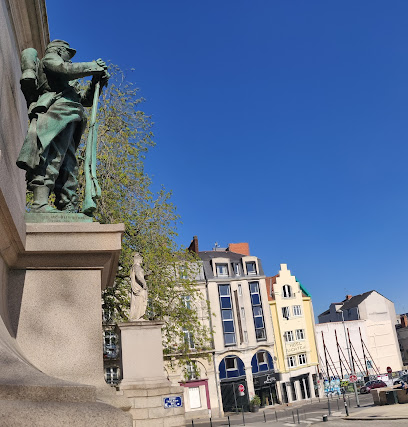
Monument de Charles de Gaulle
Discover the historical significance of the Monument de Charles de Gaulle in Nantes, a tribute to leadership and resilience amidst vibrant city life.
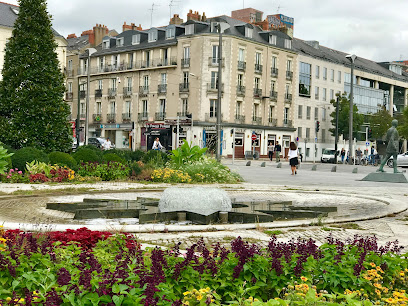
Unmissable attractions to see
Natural History Museum
Explore the Natural History Museum in Nantes, a captivating journey through biodiversity and the wonders of our planet's past.
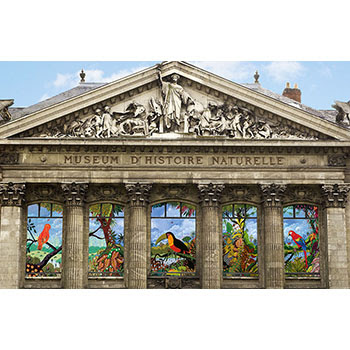
Miroir d'eau
Discover the stunning reflections of Miroir d'eau in Nantes, a captivating water feature that enchants visitors with its artistic beauty and serene ambiance.
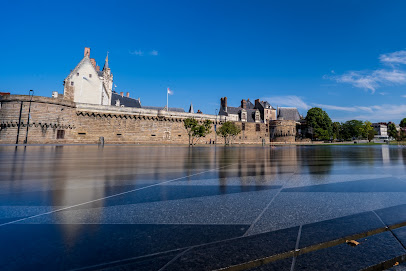
Le Petit Train Touristique de Nantes
Explore the picturesque city of Nantes aboard the Petit Train Touristique, a family-friendly adventure through history and culture.
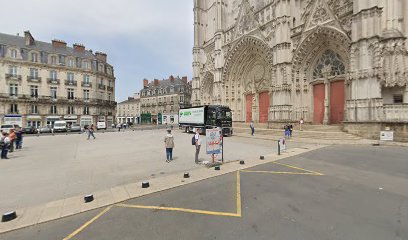
Statue du général Cambronne // Le temps d'une pose
Explore the Statue du général Cambronne in Nantes, a historic tribute that encapsulates the city's cultural heritage and vibrant atmosphere.
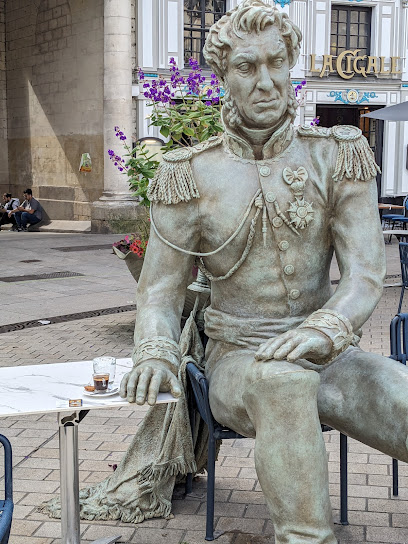
Essential places to dine
La Cigale
Discover La Cigale: A historic brasserie in Nantes serving exquisite French cuisine amidst stunning art nouveau decor.
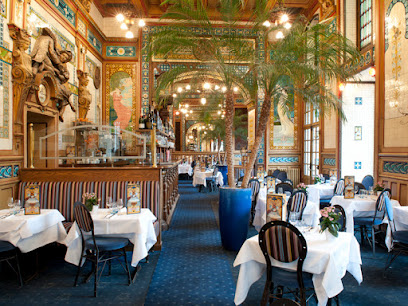
Maria Restaurant
Discover exceptional grill specialties and vibrant bar vibes at Maria Restaurant in Nantes – perfect for food lovers seeking local flavors.
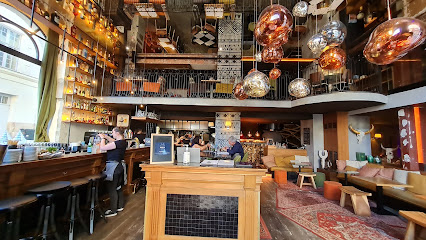
Le Cambronne Bistrot Chic
Experience exquisite French cuisine at Le Cambronne Bistrot Chic in Nantes—where traditional flavors meet modern elegance.
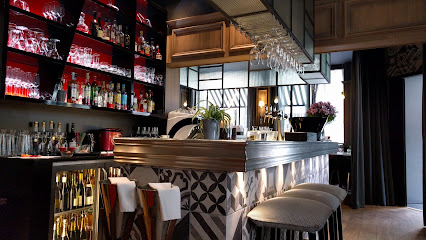
Chez Franklin
Experience authentic French cuisine at Chez Franklin in Nantes – where every dish tells a story.
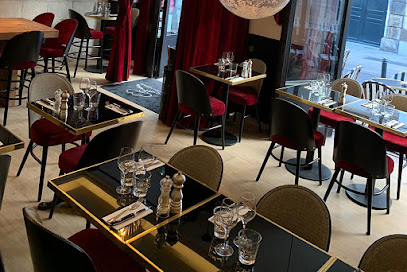
Les Pieds dans le Plat
Savor the authentic flavors of French cuisine at Les Pieds dans le Plat in Nantes, where every dish tells a story.
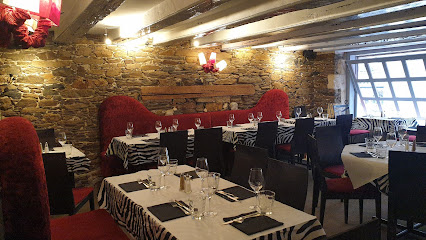
Chez ta Mère
Indulge in authentic French cuisine at Chez ta Mère in Nantes – where tradition meets flavor in every dish.
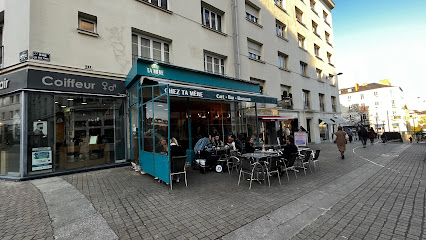
Le Boudoir - Restaurant Nantes
Savor exquisite French cuisine in an elegant setting at Le Boudoir - A must-visit culinary gem in Nantes.
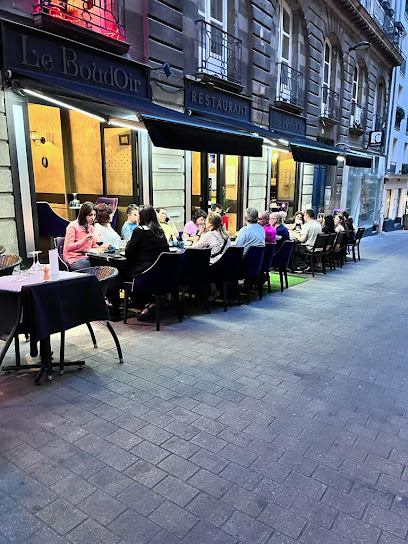
Le Bouche A Oreille
Discover Le Bouche A Oreille: Experience authentic French cuisine with local flavors in the heart of Nantes.
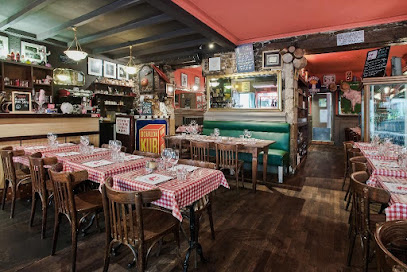
Imagine - Restaurant - Nantes
Experience exquisite French cuisine at Imagine Restaurant in Nantes - where tradition meets innovation.
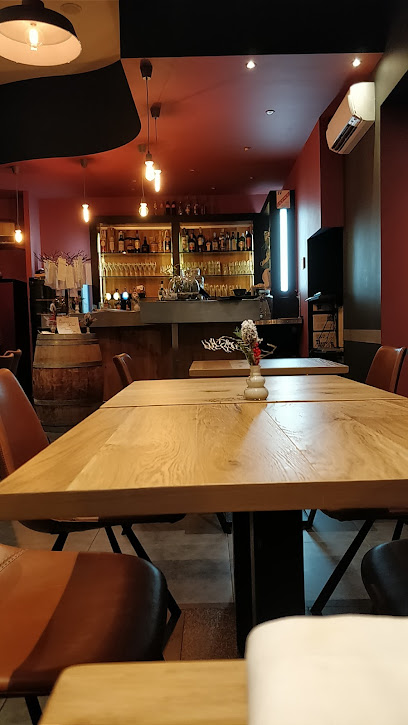
Pilgrim Restaurant Nantes
Discover exquisite flavors at Pilgrim Restaurant Nantes – where local ingredients meet innovative cuisine in an inviting atmosphere.

Markets, malls and hidden boutiques
Galeries Lafayette
Experience the charm of Galeries Lafayette in Nantes, where fashion meets elegance in a stunning shopping experience.
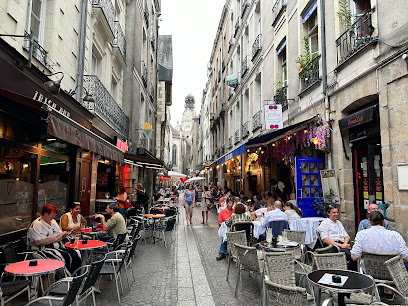
Rock A Gogo
Explore unique fashion and accessories at Rock A Gogo, Nantes' eclectic shopping destination for all ages.
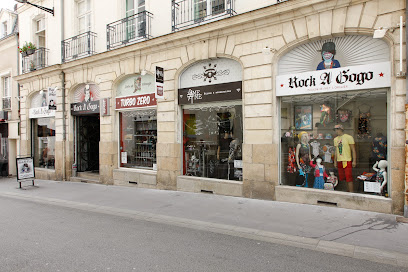
Pylones
Explore the whimsical world of Pylones, a colorful gift shop in Nantes offering unique treasures for every occasion.
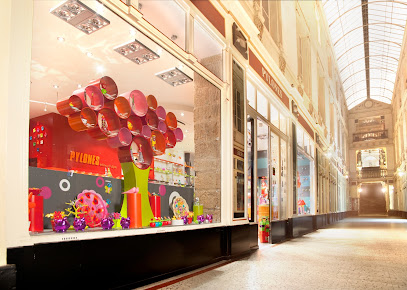
The Wizard's Shop
Discover mesmerizing gifts and enchanting collectibles at The Wizard's Shop in Nantes, a must-visit destination for all fantasy enthusiasts.
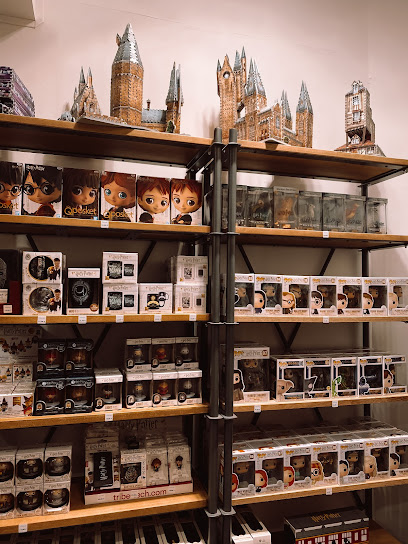
KILO SHOP NANTES
Explore KILO SHOP NANTES for unique vintage clothing that embodies style, sustainability, and the charm of second-hand fashion in the heart of Nantes.
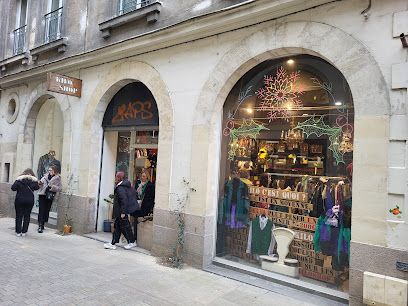
SINGULIER STORE
Discover unique home goods and local craftsmanship at Singulier Store in Nantes, where creativity meets style in every curated piece.
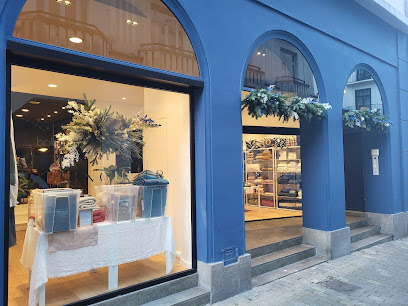
Mademoiselle France
Explore Mademoiselle France in Nantes for unique gifts, handcrafted treasures, and stylish accessories that celebrate local artistry.
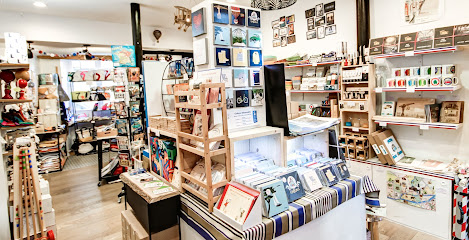
Charlie A Nantes
Explore Charlie A Nantes, a chic clothing store offering unique men's and women's fashion in the heart of Nantes, France.
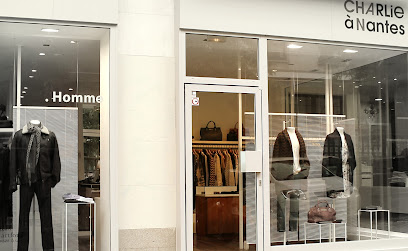
Cigoire - Boutique de cadeaux Nantes
Explore the enchanting Cigoire Boutique de cadeaux in Nantes for unique gifts, fashion, and local treasures that capture the spirit of your travels.
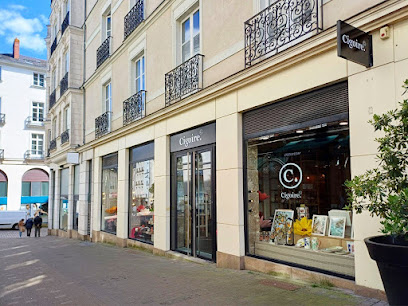
Ourse Blanche
Explore Ourse Blanche in Nantes for unique gifts and souvenirs that capture the spirit of the city.
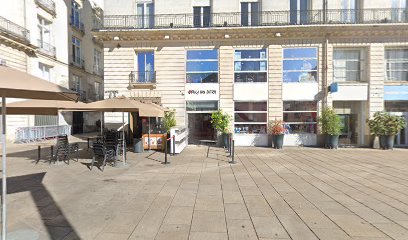
Essential bars & hidden hideouts
Peter Mc Cool Graslin - Irish Pub
Experience the essence of Irish culture at Peter Mc Cool Graslin, Nantes' premier Irish pub featuring delicious food, great drinks, and lively sports.
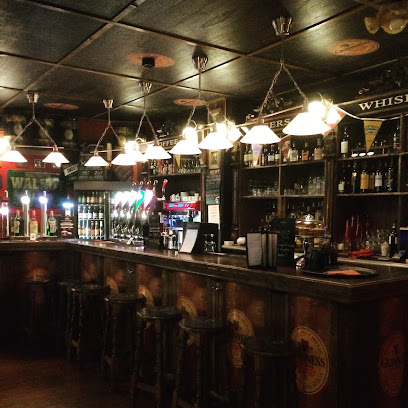
Le Sur Mesure Graslin
Discover the heart of Nantes' nightlife at Le Sur Mesure Graslin, a vibrant pub offering local drinks and a welcoming atmosphere.
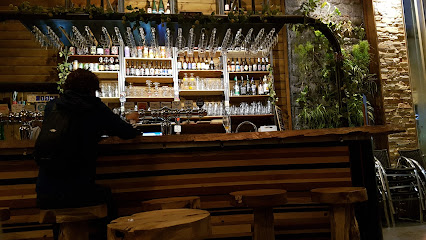
L'Univers Speakeasy
L'Univers Speakeasy: Where exquisite cocktails meet vibrant jazz in the heart of Nantes.
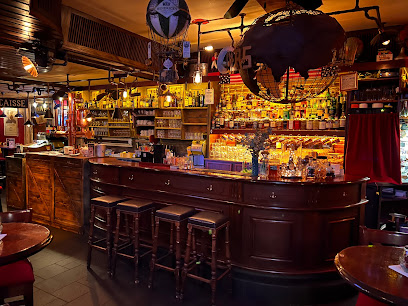
Le BLOCK graslin
Experience the vibrant nightlife of Nantes at Le BLOCK Graslin, where exquisite cocktails meet electrifying live music for an unforgettable evening.
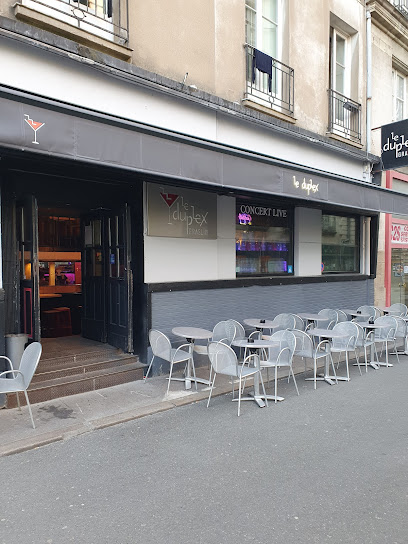
La Réserve
Discover the vibrant nightlife of Nantes at La Réserve, a cozy bar offering an eclectic drink menu in a welcoming atmosphere.
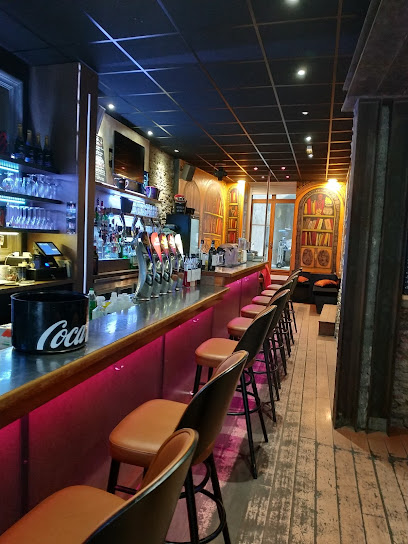
Le graslin de folie
Discover the lively ambiance of Le Graslin de Folie, a tapas bar and beer hall in Nantes, perfect for an unforgettable night out.
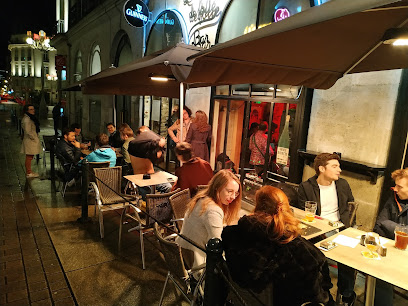
Mariole
Discover the lively atmosphere and exquisite cocktails at Mariole, one of Nantes' top cocktail bars for nightlife enthusiasts.

Gigg’s Irish Pub Graslin
Discover the heart of Ireland in Nantes at Gigg's Irish Pub Graslin, where great food, drinks, and music come together.
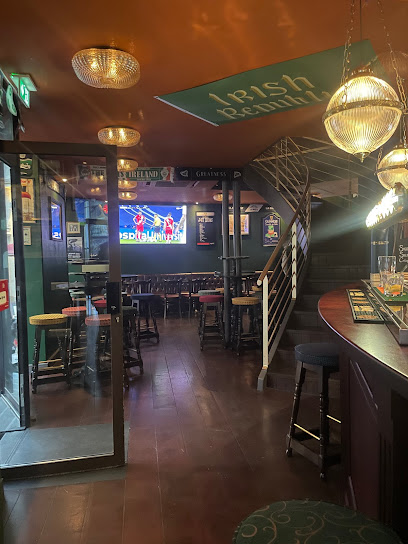
Chez les Garçons
Discover the vibrant atmosphere and exceptional cocktails at Chez les Garçons, the perfect bar experience in the heart of Nantes.
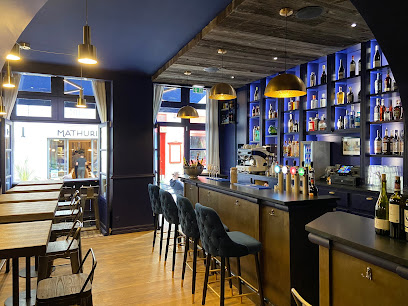
GUEST Bar & Food
Experience the vibrant nightlife at GUEST Bar & Food, Nantes' premier cocktail and wine bar, where great taste meets a lively atmosphere.
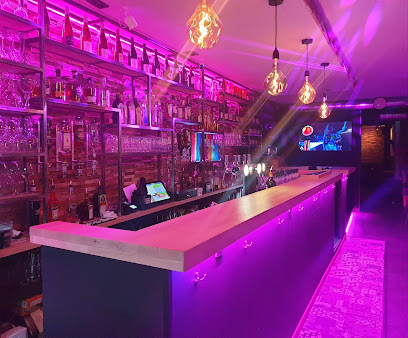
Local Phrases
-
- HelloBonjour
[bon-zhoor] - GoodbyeAu revoir
[oh ruh-vwahr] - YesOui
[wee] - NoNon
[nohn] - Please/You're welcomeS'il vous plaît / De rien
[seel voo pleh / duh ryen] - Thank youMerci
[mehr-see] - Excuse me/SorryExcusez-moi / Désolé
[ex-kew-zay mwah / day-zoh-lay] - How are you?Comment ça va?
[koh-mohn sah vah?] - Fine. And you?Bien. Et vous?
[byen. ay voo?] - Do you speak English?Parlez-vous anglais?
[par-lay voo ahn-glay?] - I don't understandJe ne comprends pas
[zhuh nuh kohm-prahn pah]
- HelloBonjour
-
- I'd like to see the menu, pleaseJe voudrais voir le menu, s'il vous plaît
[zhuh voo-dray vwahr luh muh-nyuh, seel voo pleh] - I don't eat meatJe ne mange pas de viande
[zhuh nuh mahnj pah duh vee-ahnd] - Cheers!Santé!
[sahn-tay] - I would like to pay, pleaseJe voudrais payer, s'il vous plaît
[zhuh voo-dray pay-yay, seel voo pleh]
- I'd like to see the menu, pleaseJe voudrais voir le menu, s'il vous plaît
-
- Help!Au secours!
[oh suh-koor!] - Go away!Allez-vous en!
[a-lay vooz ahn!] - Call the Police!Appelez la police!
[ah-puh-lay lah poh-lees!] - Call a doctor!Appelez un médecin!
[ah-puh-lay uh may-duh-sahn!] - I'm lostJe suis perdu
[zhuh swee pair-doo] - I'm illJe suis malade
[zhuh swee mah-lahd]
- Help!Au secours!
-
- I'd like to buy...Je voudrais acheter...
[zhuh voo-dray ash-tay] - I'm just lookingJe regarde juste
[zhuh ruh-gard zhoost] - How much is it?Combien ça coûte?
[kohm-byen sah koot?] - That's too expensiveC'est trop cher
[say troh shair] - Can you lower the price?Pouvez-vous baisser le prix?
[poo-vay voo bay-say luh pree?]
- I'd like to buy...Je voudrais acheter...
-
- What time is it?Quelle heure est-il?
[kell er ay teel?] - It's one o'clockIl est une heure
[eel ay oon er] - Half past (10)Dix et demi
[dees ay dem-ee] - MorningMatin
[mah-tahn] - AfternoonAprès-midi
[ah-pray-mee-dee] - EveningSoir
[swahr] - YesterdayHier
[yehr] - TodayAujourd'hui
[oh-zhoor-dwee] - TomorrowDemain
[duh-man] - 1Un
[uhn] - 2Deux
[duh] - 3Trois
[twah] - 4Quatre
[kat] - 5Cinq
[sank] - 6Six
[sees] - 7Sept
[set] - 8Huit
[wheat] - 9Neuf
[nuf] - 10Dix
[dees]
- What time is it?Quelle heure est-il?
-
- Where's a/the...?Où est...?
[oo ay...?] - What's the address?Quelle est l'adresse?
[kell ay lad-res?] - Can you show me (on the map)?Pouvez-vous me montrer (sur la carte)?
[poo-vay voo muh mohn-tray (surr lah kart)?] - When's the next (bus)?Quand est le prochain (bus)?
[kahn ay luh proh-shahn (bus)?] - A ticket (to ....)Un billet (pour ...)
[uhn bee-yay (poor ...)]
- Where's a/the...?Où est...?
History of Graslin
-
Graslin's history begins in the 18th century when the area was primarily agricultural land. Its transformation began with the construction of the Place Graslin in the 1770s, designed by architect Jean-Baptiste Ceineray. This square became a focal point for social and commercial activities, reflecting the burgeoning economic strength of Nantes as a port city.
-
The 19th century marked a period of cultural flourishing for Graslin, highlighted by the establishment of the Théâtre Graslin in 1788. Renowned for its neoclassical architecture, the theater became a cultural hub, hosting operas and theatrical performances, and contributing significantly to the city's cultural landscape.
-
Throughout the 19th and early 20th centuries, Graslin saw significant architectural development. The construction of elegant Haussmannian buildings adorned the streets, showcasing the wealth generated from Nantes' maritime trade. This architectural style was characterized by its symmetry, grand facades, and intricate details, which still define the neighborhood today.
-
During World War II, Nantes and the Graslin neighborhood experienced significant turmoil. The city was occupied by German forces, and many buildings were damaged due to bombings. Post-war reconstruction efforts were critical in restoring the architectural integrity of Graslin, leading to the preservation of its historical charm.
-
In recent decades, Graslin has undergone gentrification, attracting a mix of residents and businesses. The neighborhood is now known for its vibrant café culture and artisan shops, while also being home to cultural institutions such as the Machines of the Isle of Nantes. The blend of historic charm and modernity continues to make Graslin a dynamic area within Nantes.
Graslin Essentials
-
Graslin is easily accessible from other neighborhoods in Nantes via the city's efficient public transport system. The nearest tram station is 'Graslin' on Line 1, which connects to the main train station and various neighborhoods. Buses also serve the area, with several lines stopping at Graslin. If you're arriving by train, take the tram from Gare de Nantes to reach Graslin in about 15 minutes.
-
Graslin is a compact neighborhood best explored on foot, allowing you to enjoy its beautiful architecture and vibrant atmosphere. For longer distances, Nantes' tram and bus services are reliable options. Bicycles can be rented through local bike-sharing systems, and dedicated bike lanes make cycling a viable choice. Taxis and ride-sharing services are also readily available.
-
Graslin is generally safe for tourists, but standard precautions should be taken. Avoid walking alone in poorly lit areas at night and be mindful of your belongings in crowded places. While there are no specific high-crime areas in Graslin, petty theft may occur in tourist-heavy spots, so stay vigilant.
-
In case of an emergency, dial 112 for immediate assistance in France. Local police stations and medical facilities are available in the area. It is advisable to have travel insurance that covers medical emergencies. Pharmacies are also accessible for minor health issues, where you can find over-the-counter medications.
-
Fashion: Do dress comfortably yet respectfully, especially when visiting churches or formal establishments. Don't wear overly casual or beach attire. Religion: Do respect local customs and traditions; avoid loud behavior in sacred spaces. Public Transport: Do be courteous and offer your seat to the elderly. Don't eat or drink on public transport. Greetings: Do greet with a friendly 'Bonjour' and a smile. Don't assume familiarity; a handshake is generally appropriate. Eating & Drinking: Do try local specialties, such as the famous Nantes gâteau. Don't waste food, as it is often considered disrespectful.
-
To experience Graslin like a local, visit the Place Graslin early in the morning to enjoy fresh pastries from nearby bakeries. Engage with the locals at the weekly market on Rue de la Fosse. Check out the local theaters and cultural events, as Graslin is known for its vibrant arts scene. Don't hesitate to ask locals for recommendations on hidden gems and less touristy spots to explore.
Nearby Cities to Graslin
-
Things To Do in Angers
-
Things To Do in Rennes
-
Things To Do in La Rochelle
-
Things To Do in Saint-Malo
-
Things To Do in Tours
-
Things To Do in St. Clement
-
Things To Do in St. Helier
-
Things To Do in Gorey
-
Things To Do in St. Aubin
-
Things To Do in St. Brelade
-
Things To Do in St. Peter
-
Things To Do in St. Lawrence
-
Things To Do in Trinity
-
Things To Do in St. Ouen
-
Things To Do in Caen


